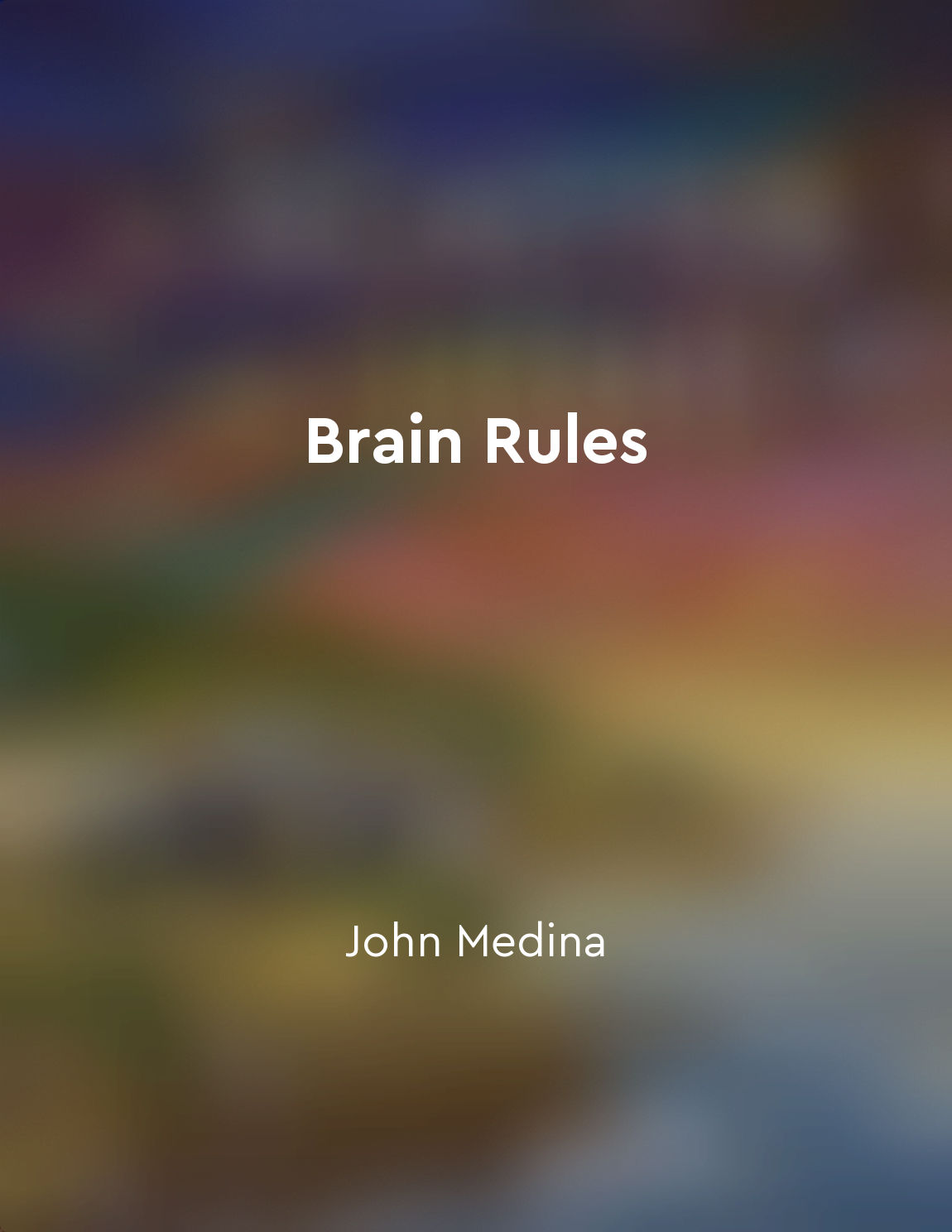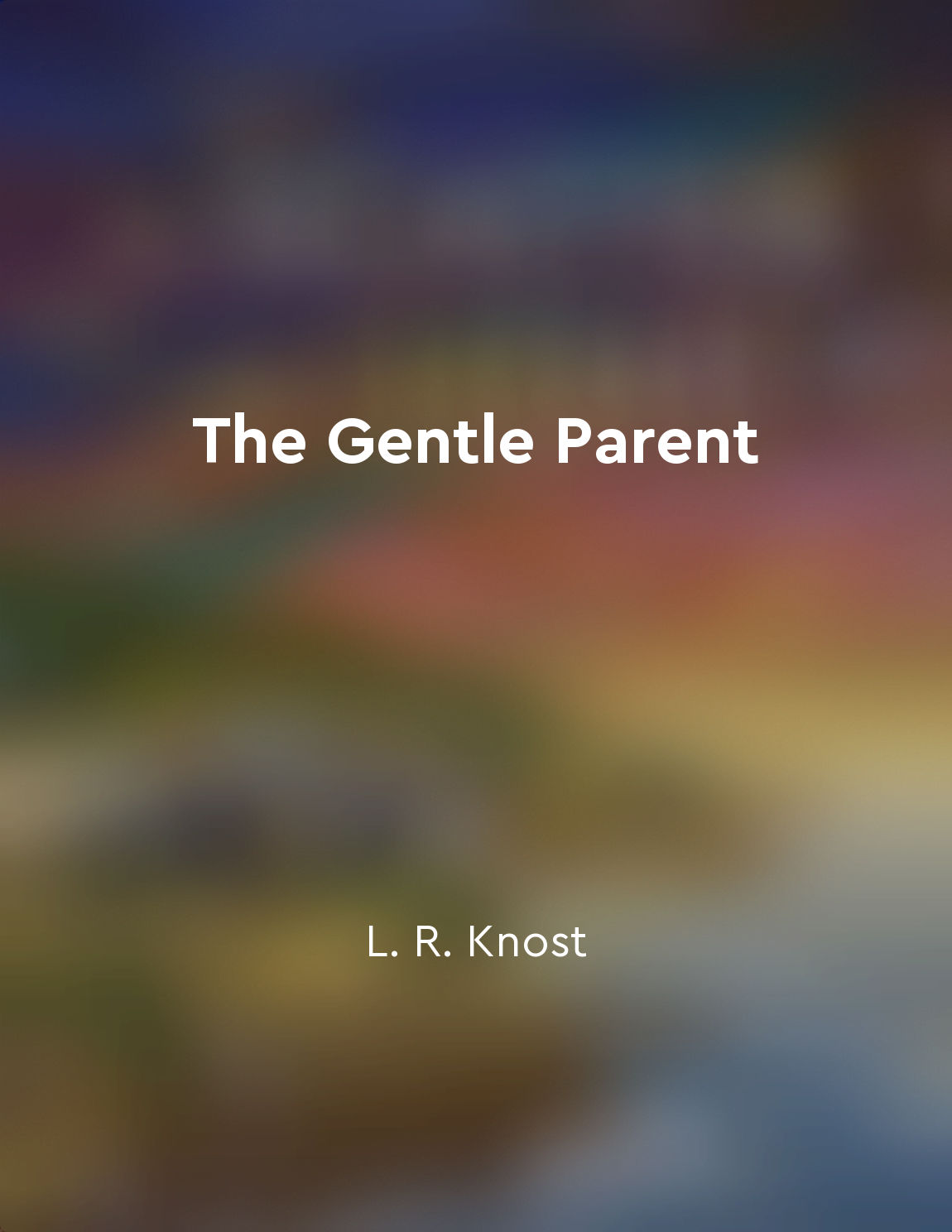Cultural beliefs influence teaching styles from "summary" of The Teaching Gap by James W. Stigler,James Hiebert
The way teachers teach is not just a matter of personal preference or individual style; it is deeply influenced by the cultural beliefs that they hold. These cultural beliefs shape the goals that teachers set for their students, the way they structure their lessons, and the methods they use to assess their students' progress. In Japan, for example, teachers believe that all students can learn at high levels if they work hard enough, and this belief informs their teaching practices. They set ambitious goals for their students, engage them in challenging tasks, and provide them with the support they need to succeed. In contrast, American teachers often hold a different set of beliefs about their students' abilities. They may believe that some students are simply not capable of reaching high levels of achievement, and this belief can lead them to set lower expectations for these students. As a result, their teaching may be less rigorous, less demanding, and less likely to push students to reach their full potential. These differences in cultural beliefs can lead to stark differences in teaching styles and, ultimately, in student outcomes. The influence of cultural beliefs on teaching styles is not limited to the goals that teachers set or the rigor of their instruction. It also extends to the way teachers interact with their students, the way they structure their classrooms, and the way they approach discipline. In some cultures, teachers are expected to be authoritative figures who command respect and obedience from their students. In others, teachers are expected to be nurturing and supportive, building close relationships with their students and creating a sense of community in the classroom. These cultural expectations can shape the way teachers communicate with their students, the way they handle conflicts, and the way they respond to misbehavior. For example, a teacher who comes from a culture that values hierarchy and authority may be more likely to use a strict, top-down approach to discipline, while a teacher who comes from a culture that values collaboration and consensus-building may be more likely to involve students in decision-making and conflict resolution. These differences in teaching styles can have a profound impact on the classroom climate and the relationships that teachers have with their students.Similar Posts
The sociology of education offers critical insights
The sociology of education provides valuable perspectives that allow us to critically analyze the complexities of the education...
Philosophy explores human nature
The exploration of human nature is at the heart of philosophy. It is a fundamental question that has been pondered by philosoph...

We don't easily pay attention to boring things
Our brains have a tendency to quickly lose interest in mundane or uninteresting information. This is not a sign of laziness or ...

Finding a sense of belonging is essential for happiness
Belonging is a powerful force in our lives. It shapes our identity and influences our happiness. Growing up in a community wher...
Taking responsibility for our actions is key to growth and transformation
When we choose to take responsibility for our actions, we open ourselves up to the possibility of growth and transformation. It...

Understand the importance of play in child development
Play is a child's language, their way of exploring and learning about the world around them. Through play, children develop ess...
Curriculum decisions shape students' understanding of power
The decisions made about what is to be included in the curriculum have a profound influence on how students come to understand ...
